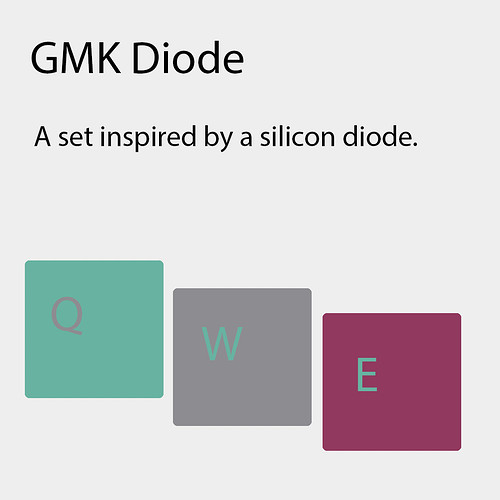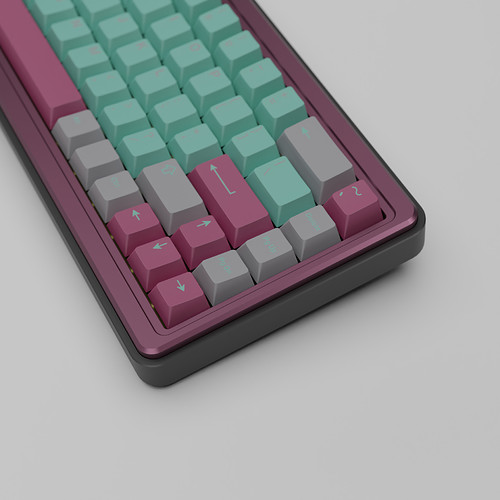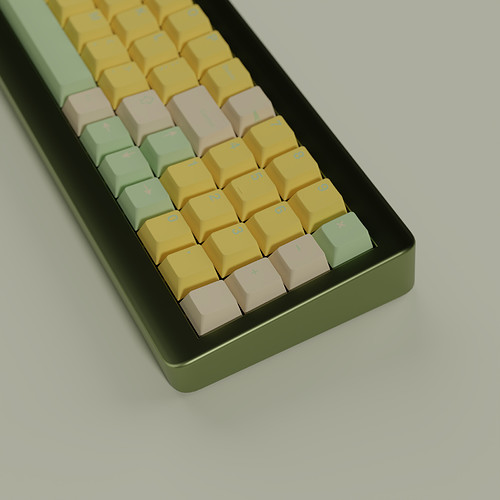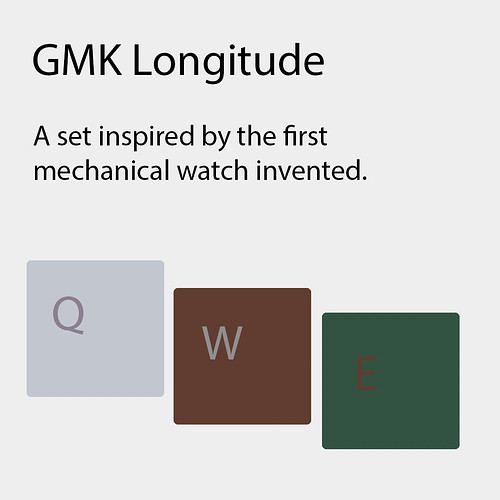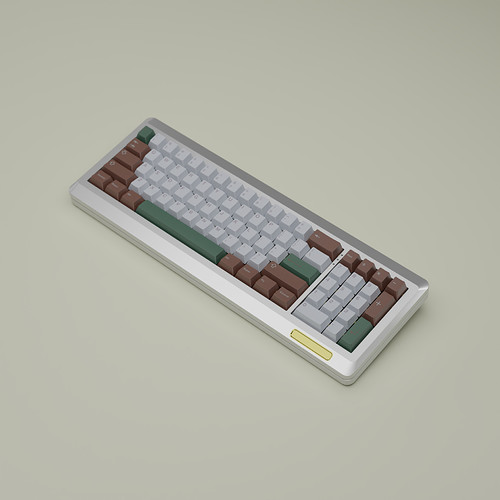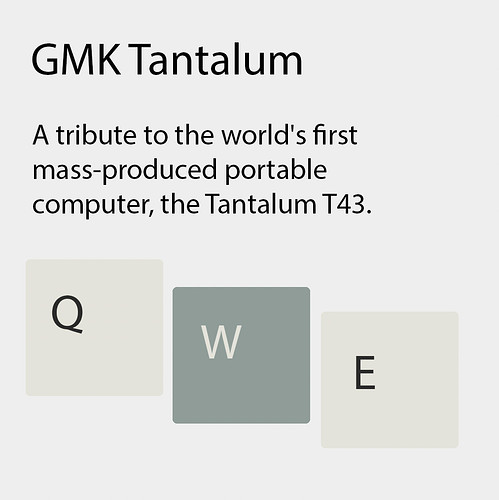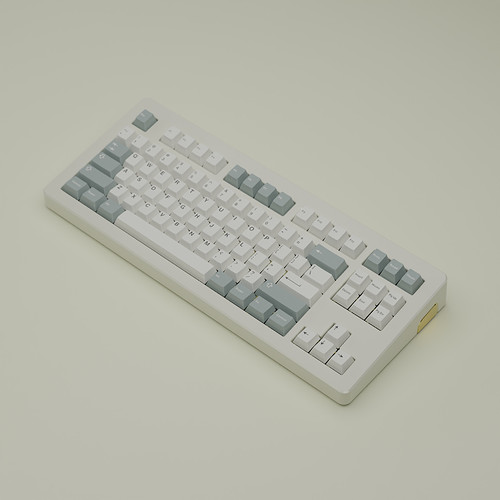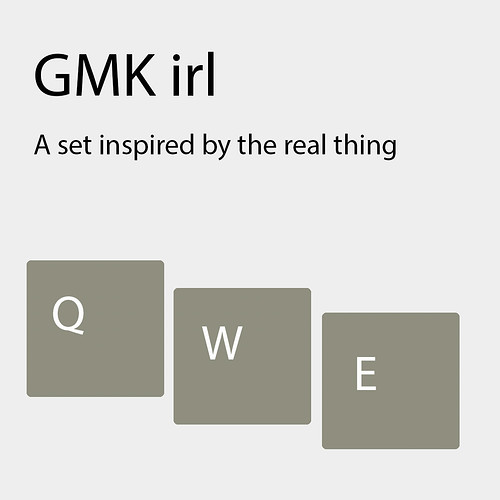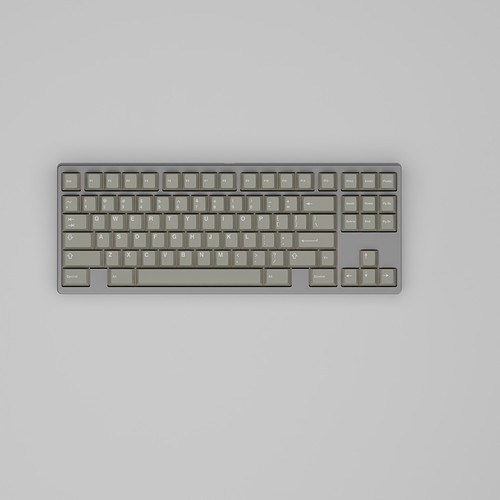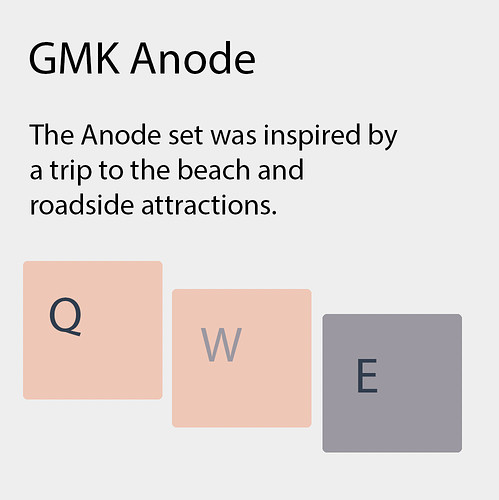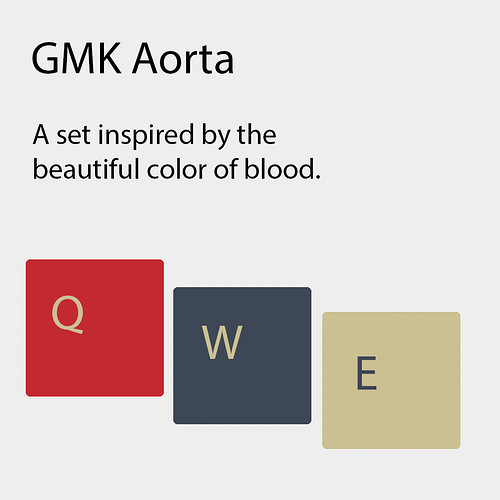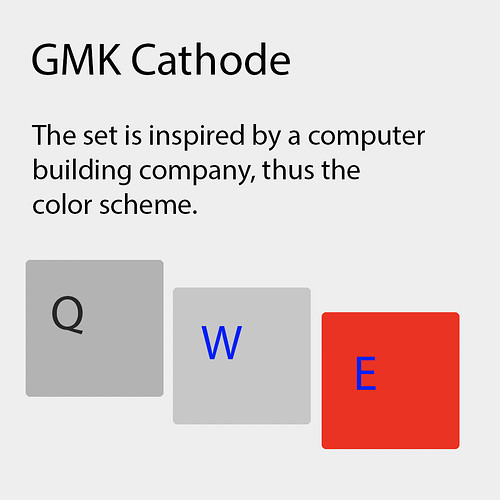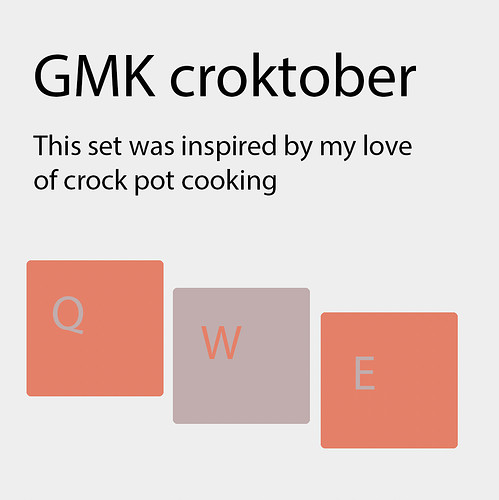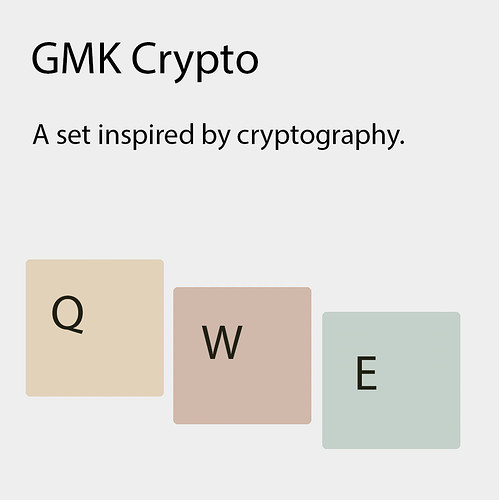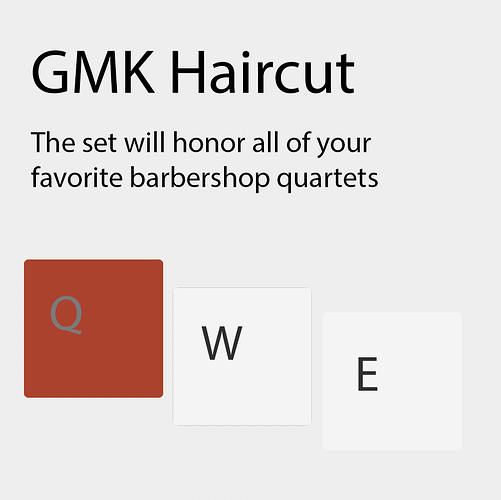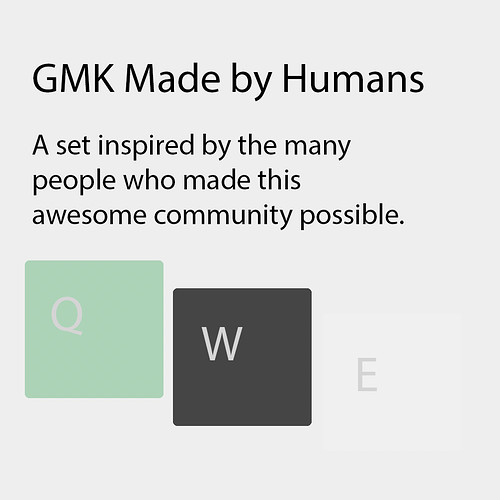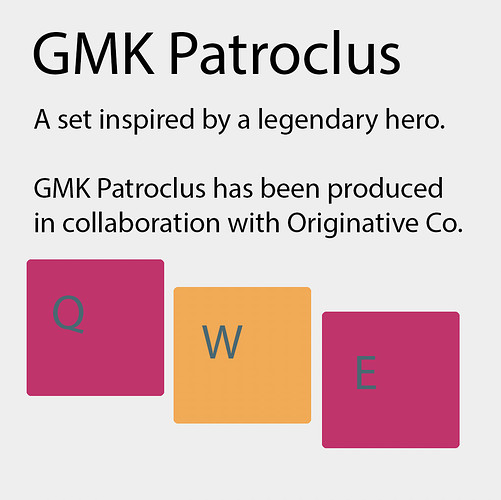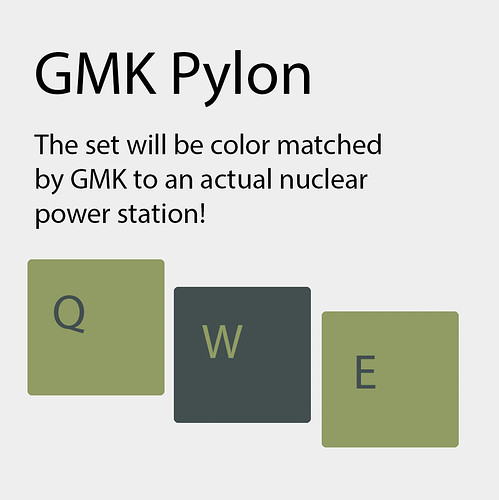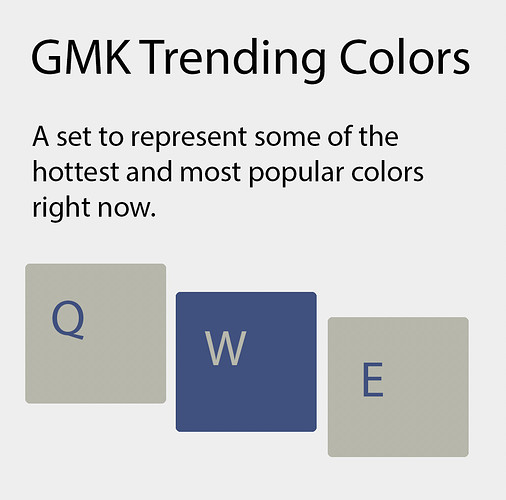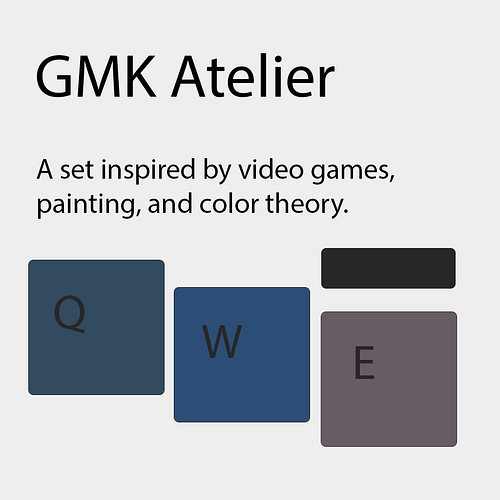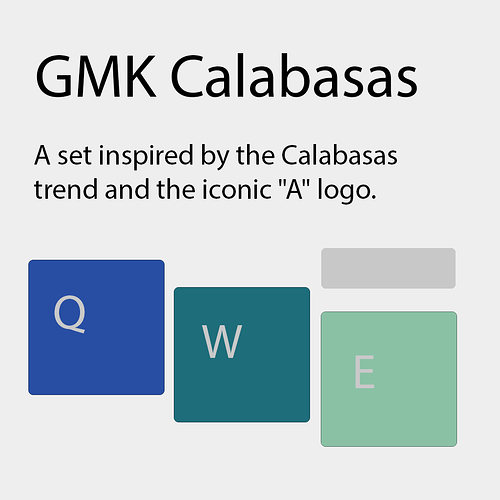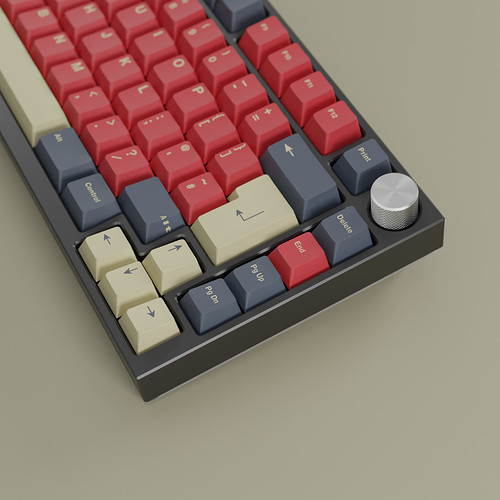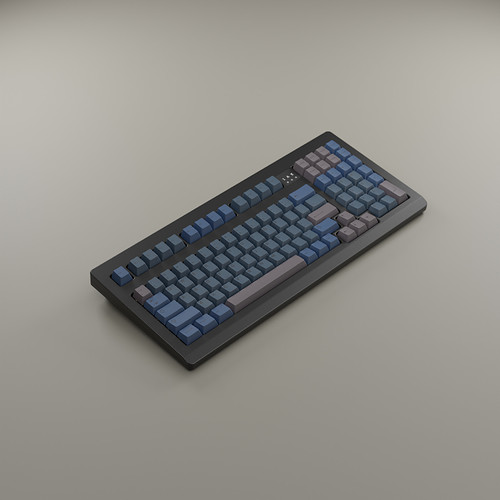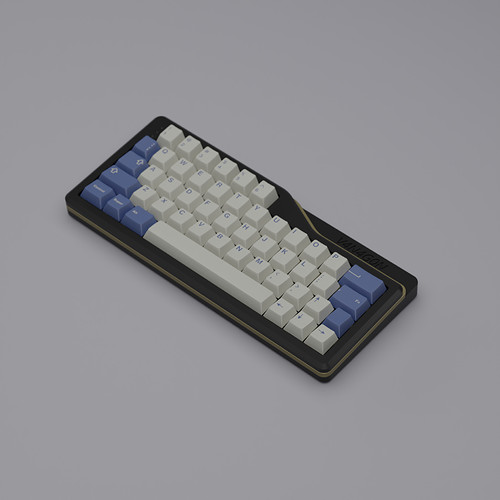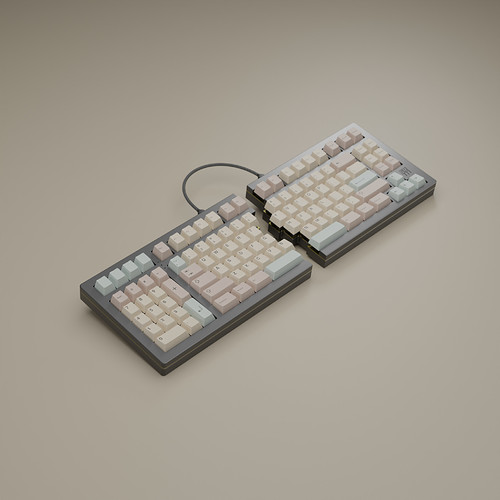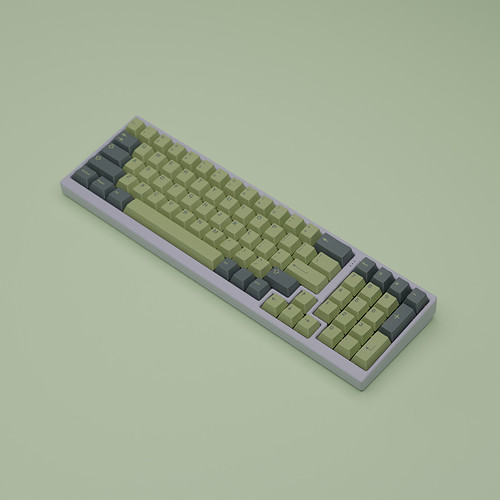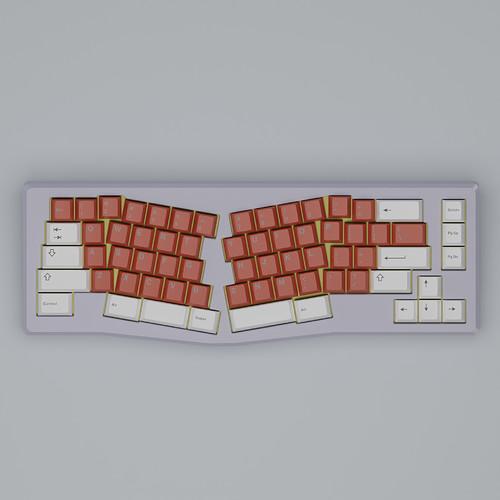A quick history of the Tantalum T43, the world’s first mass produced personal computer.
The T43 was a hybrid of the best features of earlier computers; it had the solid state memory and reliability of a Davenport, the compactness of a Commodore PET, and the video capability of an Apple II. It was an instant hit with the business world, when it opened up previously unheard-of opportunities for small businesses to automate their operations.
The T43 was produced by the Tantalum Computer Corporation, headquartered in Philadelphia. Shortly after the introduction of the T43, however, the company came under intense scrutiny by the Federal Trade Commission and other government agencies for its monopolistic practices as a hardware manufacturer. Tantalum was accused by the FTC (which had itself recently awarded Tantalum a prestigious award for competition in the business sector) of violating Section 2 of the Sherman Act. Ultimately, Tantalum was forced to divest itself of all of its hardware manufacturing operations. The company was later reorganized and renamed Tantalum Enterprises; it now exists as a software manufacturer.
Even before the FTC investigation began, however, the company had lost its early entrepreneurial spirit in favor of vertical integration. By 1979, the company had begun an awkward move into the software business, with a few oversold products (such as the T89 word processor) that were not up to the standard of its hardware products. The FTC’s meddling in Tantalum’s affairs would prove to be a great boon for its competitors. Other companies took advantage of Tantalum’s troubles, releasing computers with advanced features, such as memory expansion and built-in high-resolution graphics display (including VECTOR GRAPHICS), that had always been considered Tantalum’s “secret weapons.” The “Tantalum Wars” are still very emotional in the computer community, and Tantalum has never really recovered.
The FTC eventually ruled that Tantalum could remain in business, without hardware manufacturing; however, Tantalum’s reputation was so badly damaged by the controversy that it never regained the success that it had with its T43. There is no doubt that had it not been for the FTC’s intervention, Tantalum would still be considered a major player in the computer world, and would have survived the “Tantalum Wars.”
THE T43 AND YOU
In its final form, the T43 was a truly amazing bit of technology. It was the first color computer to sell for less than $1000; color monitors were included in the base price, and there was factory-installed memory expansion for those customers who needed more. It had a built-in high resolution graphics display, and a mouse (the first to be mass-produced in the US) that was compatible with the Apple II.
The T43 helped to change the face of business in the 1980’s. Business people could now automate their operations, rather than relying on clerical workers to do the jobs that computers could do faster and better. The T43 was a hit from day one, and within a few years the competition had responded with comparable products.
Unfortunately, as with so many other companies, the move into the business market proved to be a mixed blessing for Tantalum. Although it became very profitable, the company lost sight of its core strengths: quality and innovation. In an attempt to stay competitive a series of “me too” products were released, followed by the misguided “Tantalum Computer 2000,” which was a joke from day one. The company never really recovered, and in early 1985 it officially withdrew from the hardware business: making it the shortest-lived computer manufacturer ever.
